Have you ever wanted a swimming pool where your washing machine is? We didn’t think so, and neither do the folks over at State Farm Insurance. Your washing machine lines carry 70 pounds of pressure, and when it fails, can dump up to 650 gallons per hour! Damages are estimated to be upwards of $170 million per year due to washing machine supply line failures for US and Canadian households, according to recent State Farm Insurance statistics. Follow these tips and save yourself the money and hassle of that ruptured supply line before it is too late.
Replace Those Hoses Today
Often overlooked, the hoses that supply the clean hot and cold water to your washing machine have a limited life expectancy, and must be replaced every 3-5 years to prevent water damage to your home. Although the hoses may appear fine on the outside, deterioration can occur on the inside lining, where you cannot see the signs of an impeding failure.
Why Do They Fail?
The most common failure is simply due to age. The rubber over time loses its resiliency, making it susceptible to cracks, leaks, and bursting. Installation errors also account for a large number of failures, mainly by not leaving an ample amount of room behind the washer to prevent the hoses from kinking and shortening their lifespan. Manufacturer defects, such as kinks, crimps, and blockages can also shorten the life expectancy of your washing machine’s supply lines.
How you can help prevent a disaster today
Although replacing the supply lines at the recommended interval of every 3 to 5 years is key to preventing water damage to your home, regular inspections are vital. Inspect both the hot and cold supply lines at least once a month, ensuring that there are no kinks or bends in the lines and the washer is at least 4 inches from the wall. Regularly check the condition and operation of the control valves, and get rid of those old, hard to operate screw type valves in favor a newer ball style valve. Remember, never operate your washing machine (or other major appliance) when not home, and shut off those control valves when not in use, especially when you go on vacation or will be away for any extended period of time. Remember that 650 gallons per hour? Over the course of just 30 hours you could fill an average size swimming pool!
If you see any of these warning signs, contact us today for a free in home inspection
Any sign of wear should be a red flag that you need to get your lines replaced. Common indicators are blisters, stress cracks, loose connections, bubbling, discoloration, or worn tubing. Loose connections should be inspected and tightened, but take care not to over tighten, as this can damage your hoses and connections and severely shorten their lifespan. If in doubt, contact us to come out for a free inspection.
Adjust Your Mind
Adjust your thinking from “fix” to “prevent”. That is, if you’ll adjust your mindset from “Fix what just broke” to “Prevent it from breaking”, it’ll save you money, time and headaches. It’ll also probably save you from a panicky sloppy mess someday too! Believe us, we’ve seen repairs…
that cost thousands of dollars to fix because a hose failed.
So follow these tips to keep your floors dry and your mind at ease, and as always, call us to get your plumbing problem fixed right, right now!
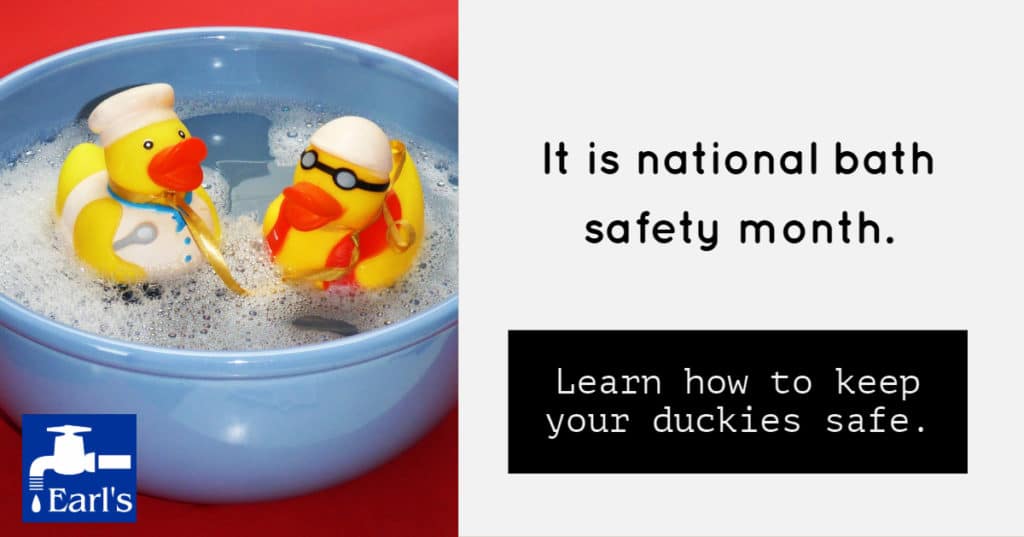

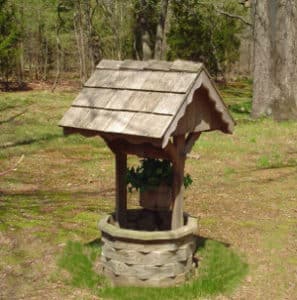
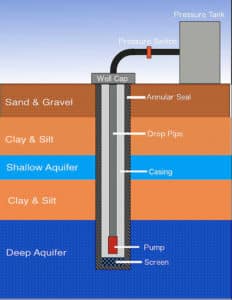

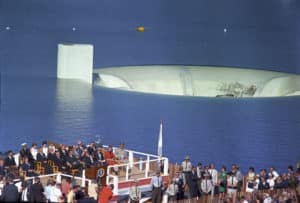
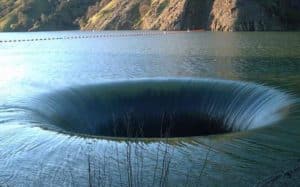
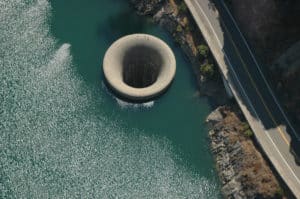
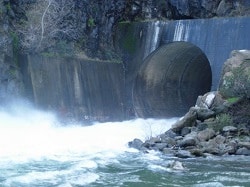
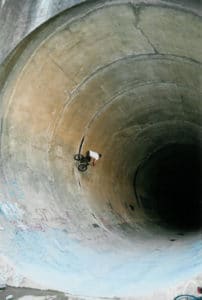
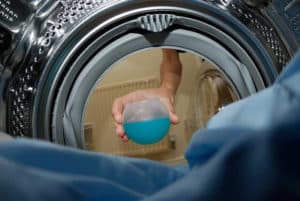
 Emergency home repairs are hard enough to deal with, making last minute decisions more difficult and potentially costly in the long run. One of the most frequent questions we get asked is “Is my _______ worth repairing or do I need a new one?” To help answer this question, we’ve compiled a quick list of things you should look out for when weighing the pros and cons of replacing a system component, such as your water heater or sewer line. This advice isn’t only restricted to plumbing either – any home repairs should be thought out with the same careful judgment.
Emergency home repairs are hard enough to deal with, making last minute decisions more difficult and potentially costly in the long run. One of the most frequent questions we get asked is “Is my _______ worth repairing or do I need a new one?” To help answer this question, we’ve compiled a quick list of things you should look out for when weighing the pros and cons of replacing a system component, such as your water heater or sewer line. This advice isn’t only restricted to plumbing either – any home repairs should be thought out with the same careful judgment.